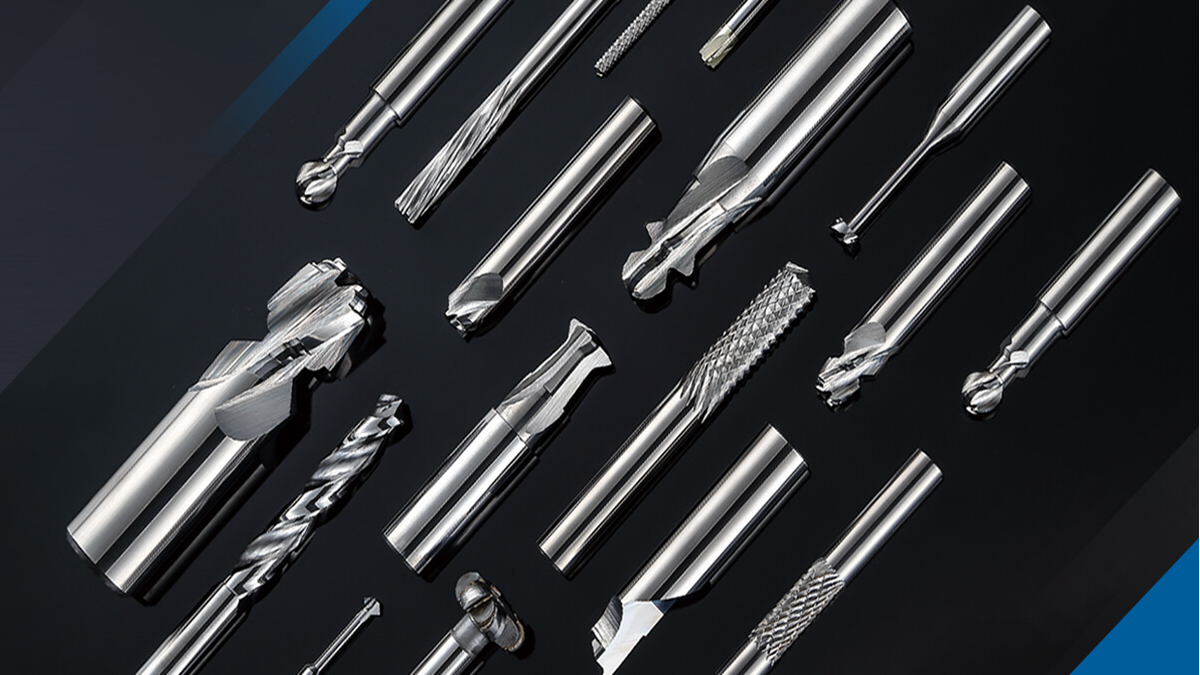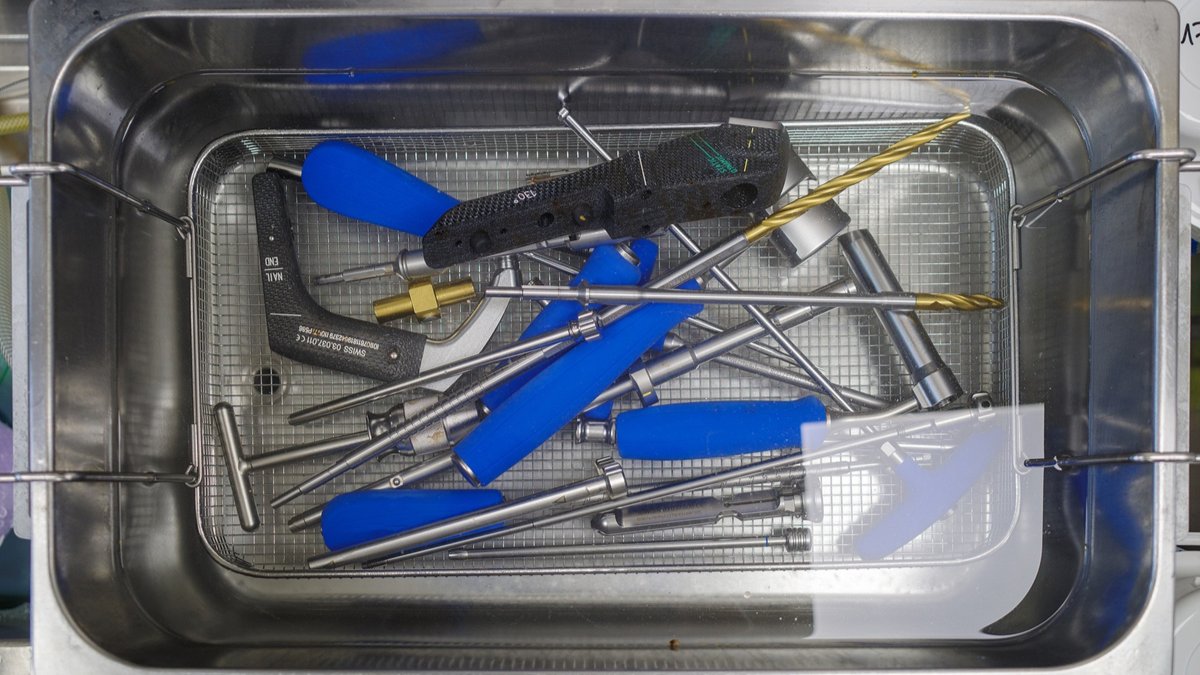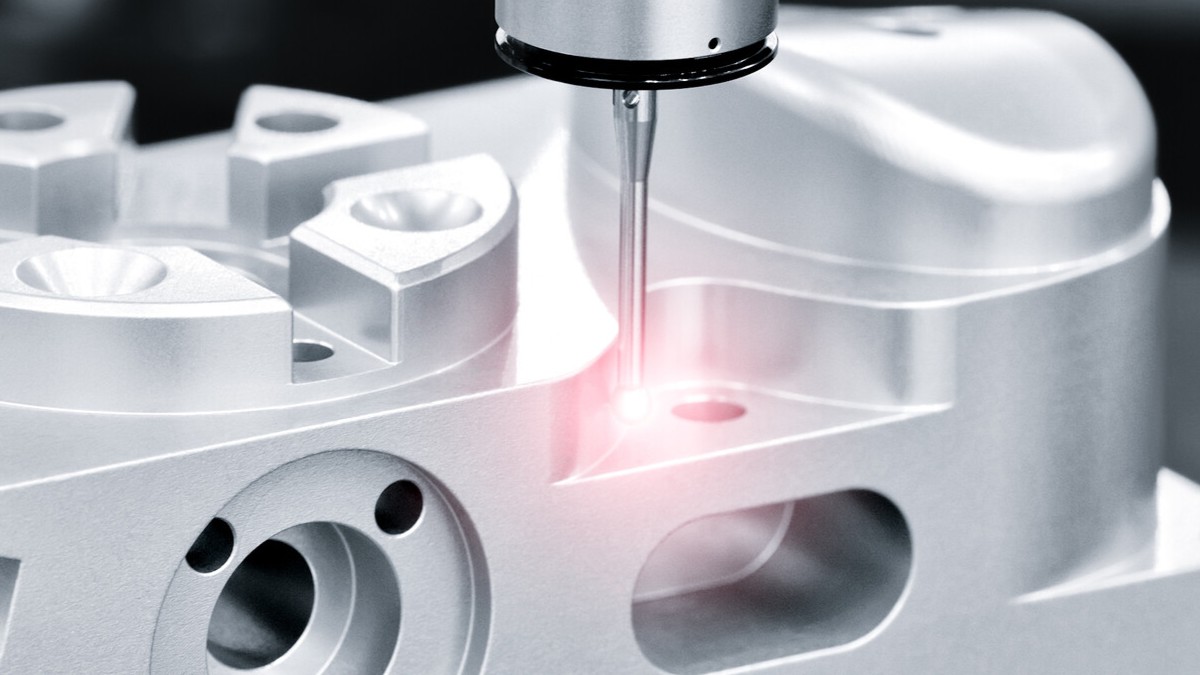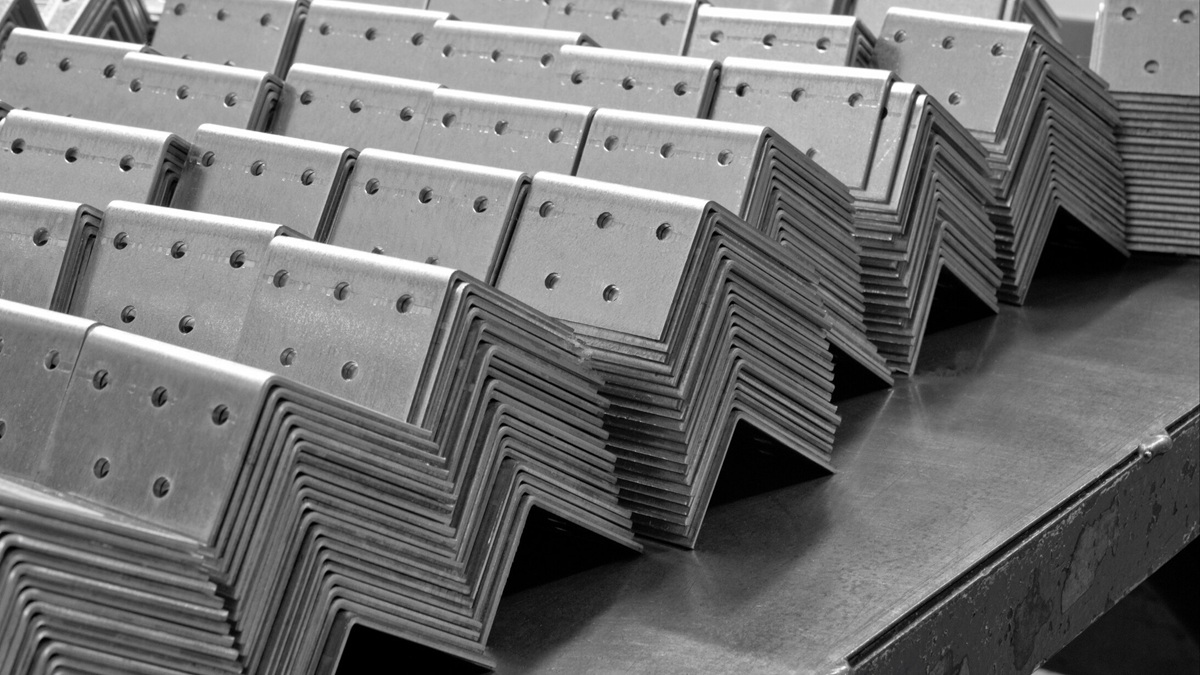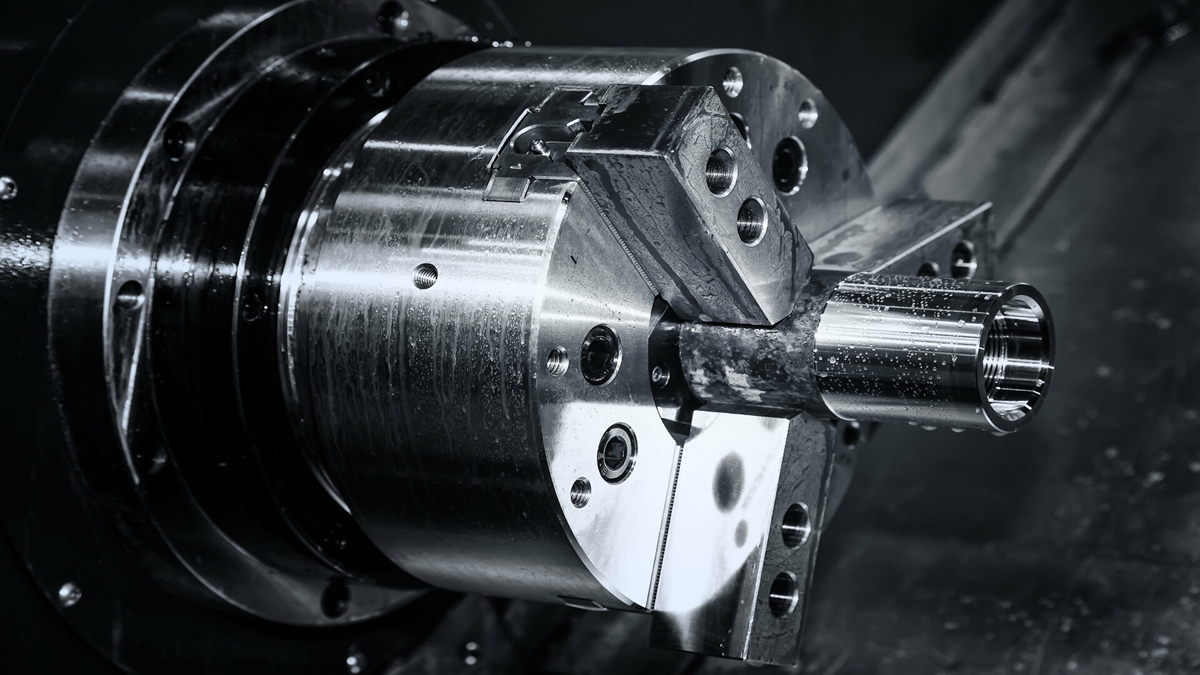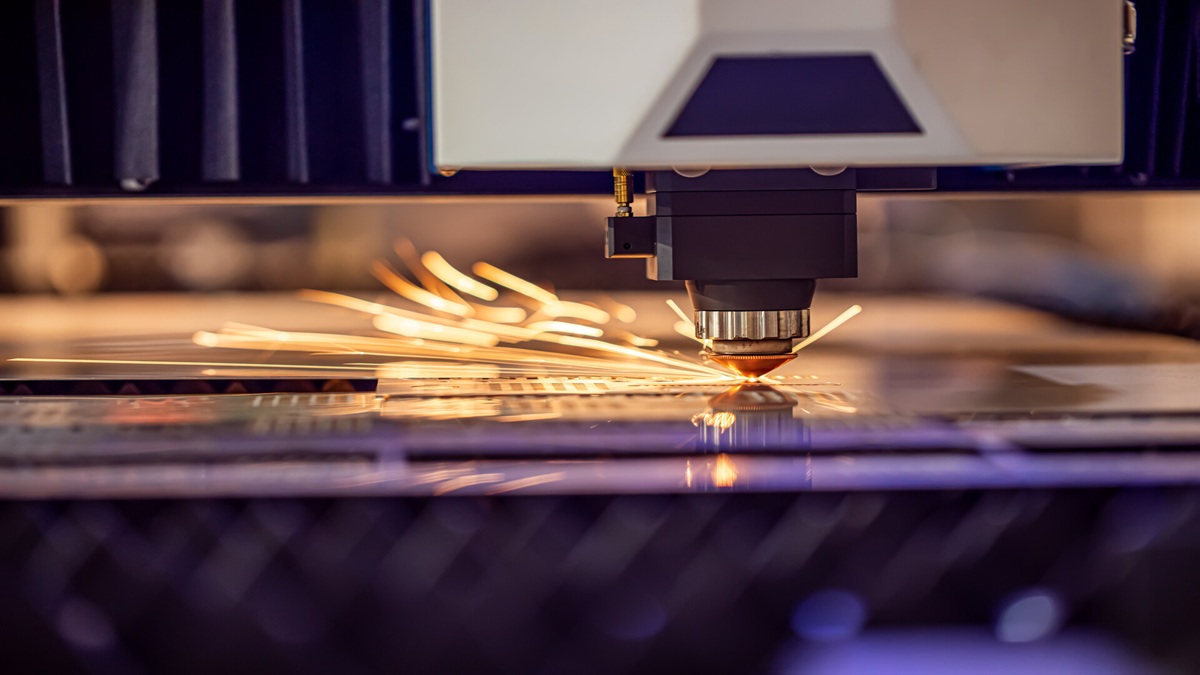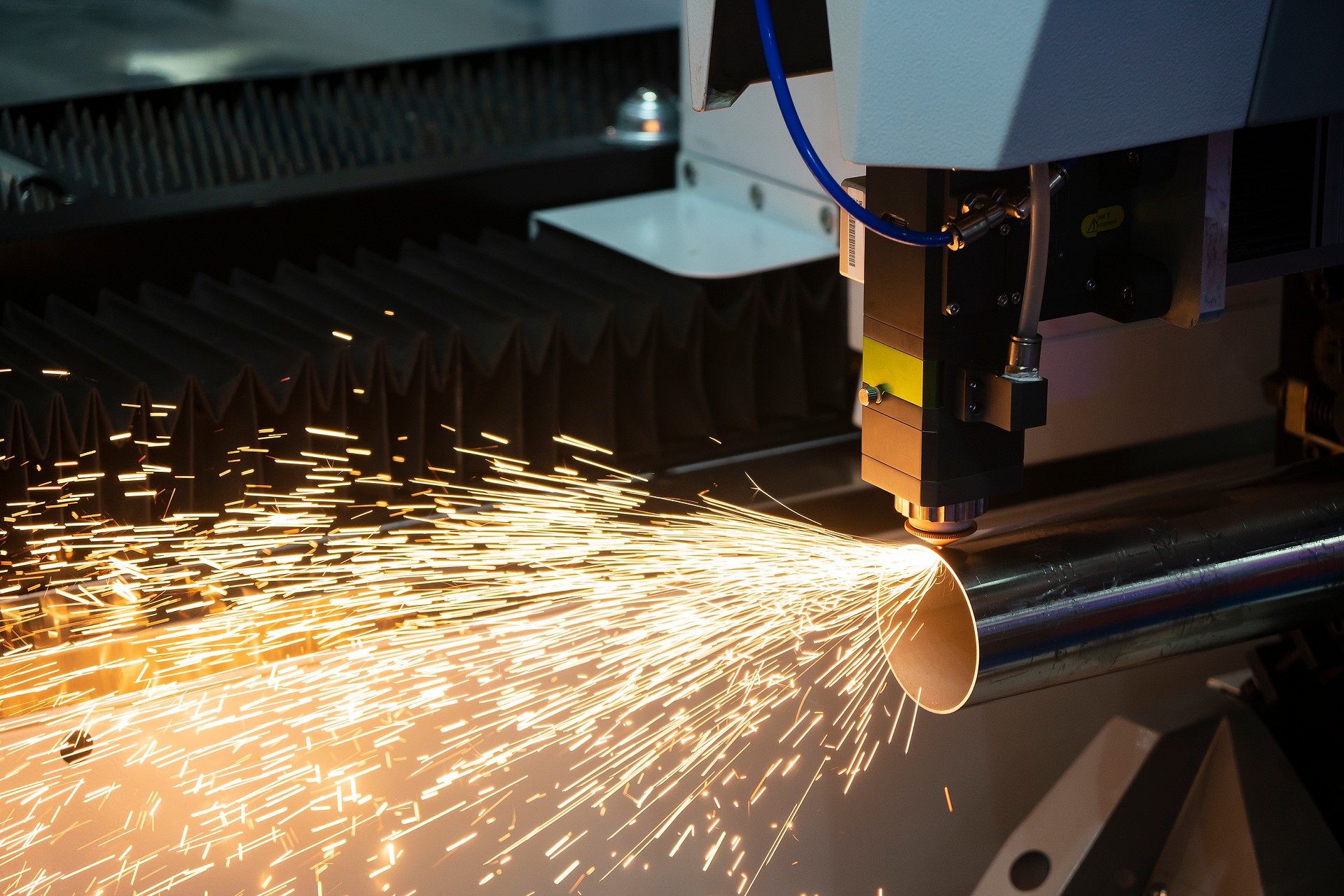As global manufacturing accelerates its transition toward smart transformation, the demand for industrial lifting equipment and lubrication systems continues to rise. The Taiwan and Asia-Pacific markets are steadily expanding, with increasing demand for high-safety and precision-controlled lifting and lubrication equipment in the automotive repair and industrial manufacturing sectors. The advancement of smart manufacturing has promoted the integration of intelligent sensing and remote monitoring technologies, making these devices the core driving force of smart factories, fueling rapid market growth and serving as a key driver for Fugimaku’s continuous innovation and development.

Photo by https://www.fugimaku.com/webls-zh-tw/index.html
Technical Principles of Industrial Lifting Equipment
Lifting Mechanism Design
Wire Rope and Chain Systems:Utilize pulleys or sprockets to transmit power, ideal for long travel distances and heavy-load applications.
Hydraulic Cylinder Mechanisms: Drive pistons through hydraulic oil pressure, offering high load capacity and smooth operation; commonly found in scissor lifts and heavy-duty freight elevators.
Rack and Pinion: Provide precise positioning and high rigidity, frequently used in vertical lifting modules within automated production lines.
Lubrication and Maintenance Technology
Centralized Lubrication Systems:Automatically deliver oil or grease to critical components, extending part lifespan and reducing maintenance frequency.
Sealing and Dust-Proof Design:Effectively prevent dust and foreign objects from entering moving parts, ensuring stable and reliable operation.
Sensing and Control Technology
Position Sensors:Continuously monitor lifting positions to ensure precise alignment.
Overload Protection Systems:Detect excessive loads using pressure or torque sensors to prevent unsafe operations.
Automated Control and Remote Monitoring: Enable autonomous operation and status tracking via PLCs or Industrial Internet of Things (IIoT) platforms.
Evolution and Core Advantages of Industrial Lifting Technology
Industrial lifting equipment and lubrication systems have undergone multiple technological innovations, evolving from early pneumatic pumps and vacuum oil extraction techniques to multi-cylinder synchronized two-post and four-post lifts. These technologies continuously enhance structural stability and operational precision, with core features such as dual-chain synchronized control and multi-cylinder designs effectively ensuring smooth and safe equipment operation.
Moreover, a robust quality management system and ISO 9001 certification have not only strengthened quality control and increased market trust but also driven ongoing optimization in design and manufacturing processes, ensuring products meet increasingly stringent safety and performance standards.
The combination of technological advancement and rigorous quality management has become a key factor in boosting product competitiveness and customer satisfaction.
Key Application Scenarios of Industrial Lifting Equipment
Automotive Maintenance and Repair Centers
In the automotive repair industry, Fugimaku’s lifting equipment is a core tool for maintenance operations. Through the stable and synchronized lifting technology of two-post and four-post lifts, technicians can complete vehicle inspections and maintenance more safely and efficiently, not only improving work efficiency but also significantly reducing operational risks.
Heavy Vehicle and Industrial Equipment Maintenance
For the maintenance needs of large and heavy-duty vehicles, lifting equipment must possess high load capacity and structural strength. High-quality hydraulic lifts can stably support heavy weights, ensuring operational safety and equipment durability, meeting the stringent standards of heavy industrial maintenance.
Motorcycle Maintenance and Multi-level Parking Systems
With limited urban space, motorcycle maintenance and parking require equipment that is flexible and space-efficient. Compactly designed motorcycle lifts effectively enhance the use of limited space while supporting rapid maintenance operations, making them an important solution for urban repair and parking needs.
Customized Plant-wide Lifting Solutions
As factory automation demands diversify, customized lifting platforms become key to improving production process efficiency. Providing one-stop services from design, manufacturing to installation, these customized solutions precisely meet various production line requirements, helping improve overall factory automation, production efficiency, and safety management.
Risk Management and Strategies for Breakthroughs
In the rapidly evolving industrial lifting equipment market, increasingly stringent technical standards pose a dual challenge for manufacturers: improving product performance while controlling costs. To stand out in fierce competition, continuous enhancement of R&D capabilities and optimization of production processes are essential to achieve efficient and cost-effective manufacturing.
The wave of smart manufacturing drives comprehensive production line transformation, making lifting equipment no longer just mechanical devices but integrated systems combining intelligent sensing, data analytics, and remote monitoring. Proactively adopting smart technologies has become a crucial strategy to adapt to market changes and enhance product added value.
Furthermore, with intensifying global competition, establishing a unique brand positioning and differentiated management is key to securing market position. By combining technological innovation with quality service, companies can boost customer trust and satisfaction, thereby expanding their influence on the international stage.
Future Outlook and Development Blueprint
Industrial lifting and lubrication systems will deeply integrate intelligent sensing and data analytics, driving equipment toward full automation and remote monitoring to achieve more efficient and safer operations. Market strategies will focus on globalization and customization, combining technological innovation with rigorous quality control to build strong competitive barriers, ensuring continued leadership in future markets.




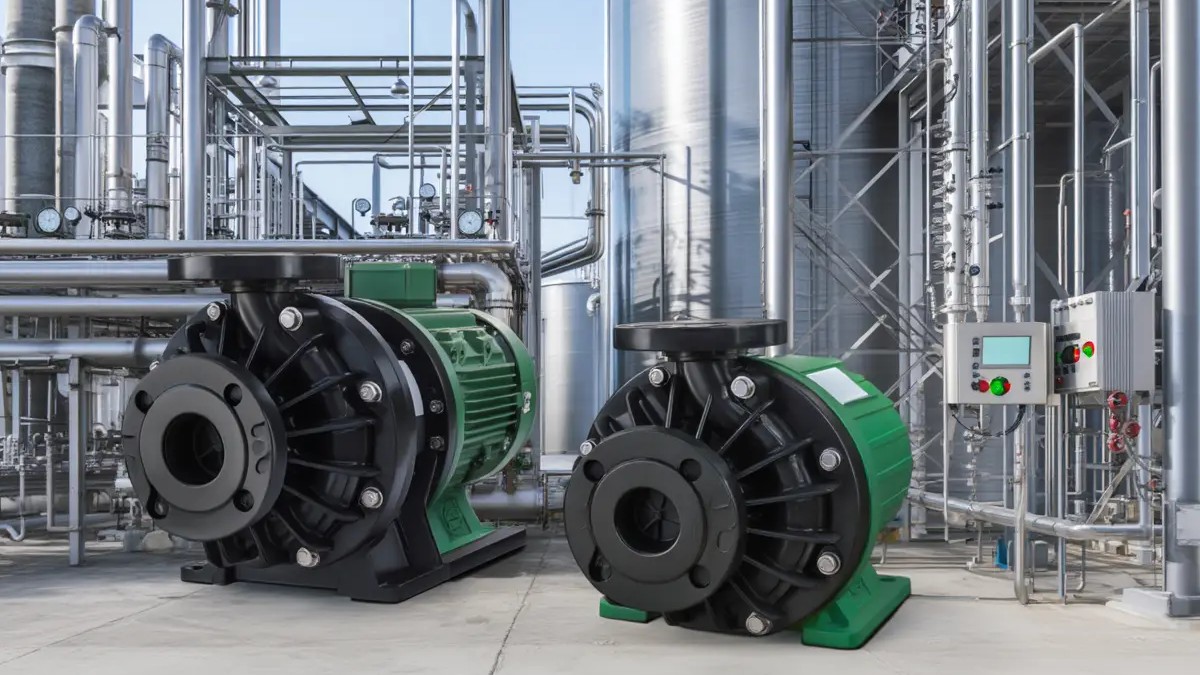
.png)
